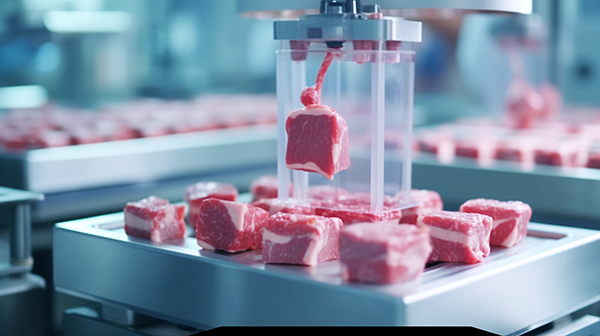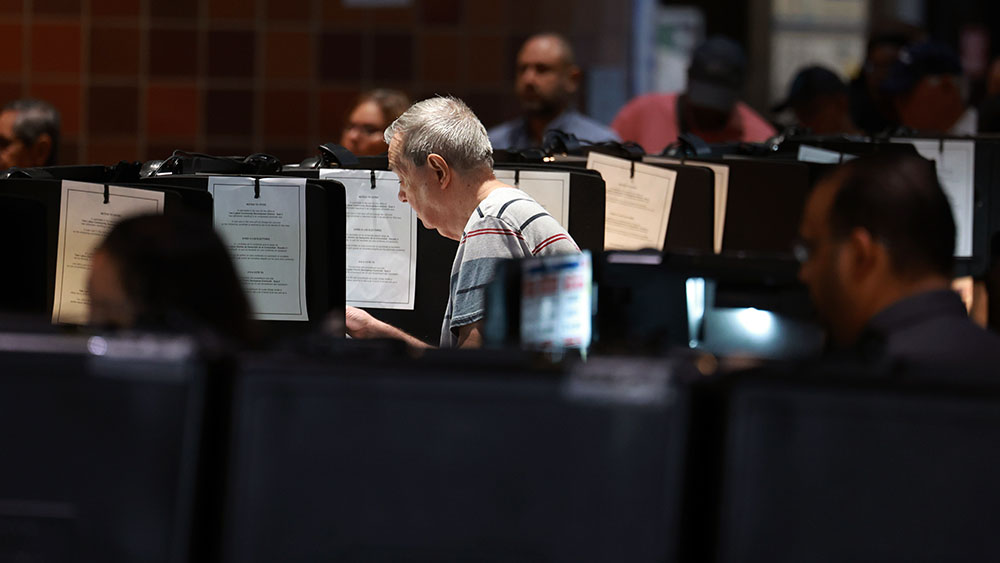
"One of the biggest failures in food history"
Once touted as the solution to everything from global warming to hunger, it is becoming more and more difficult to ignore the serious flaws in lab-grown meat. Not only is it not quite as environmentally friendly as its producers want us to think, but the health risks it poses could be significant. Food consultant Julian Mellentin said: “It’s going to go down as one of the biggest failures in food history. Business schools will be presenting lessons on lab-grown meat.” The process of creating lab-grown meat requires very expensive nutrients and exacting lab conditions. And its production process, which supporters initially claimed reduced CO2 emissions compared to livestock farming, has been shown to increase emissions by anywhere from 4 to 25 times those of traditional meat – not to mention the fact that cows enhance the land they graze on. In addition, the effects of consuming this non-food on human health are not known, and it will take many years before the long-term risks it poses become apparent. However, an even more pressing problem for lab-grown meat is the lack of demand, with many consumers turning up their nose at the thought of eating this Frankenfood. Mellentin noted: “Even the test marketing has stopped, because nobody wanted the product – it’s just too weird. People are very reluctant to put a technology into their bodies.”Regulators are taking a cynical view of lab-grown meat
Florida and Alabama have already banned the sales of cultivated meat and seafood, while Iowa schools are prohibited from buying it. It is also expected to be restricted, at least to some degree, at the federal level. Internationally, French lawmakers have introduced a bill banning the meat, while Italy has already implemented a ban on selling it. Much like many of the other so-called green initiatives that aren’t the great alternatives they pretend to be, such as electric vehicles, lab-grown meat is failing to live up to its promises and is proving to be worse than the traditional meat it hopes to replace in every possible way. Sources for this article include: TheNationalPulse.com Telegraph.co.uk APNews.comNevada voters question the integrity of electoral process: “There are so many ways to cheat”
By Richard Brown // Share
Iran’s Ayatollah Khamenei calls for GLOBAL MILITARY COALITION against Israel
By Ramon Tomey // Share
Fourth Turning election igniting a firestorm
By News Editors // Share
Democrats plan for color revolution
By News Editors // Share
An invisible assault: How everyday heavy metals sabotage brain health
By willowt // Share
Pentagon warns of China's rapidly expanding nuclear arsenal
By kevinhughes // Share
FCC grounds new Chinese drones in sweeping security move
By avagrace // Share
The methylation switch: Scientists identify diet that can turn back the cellular clock
By jacobthomas // Share
Renaissance or Ruin: A wake-up call for cultural revival and self-sufficiency
By kevinhughes // Share
Weight loss in midlife may trigger brain inflammation, study finds
By avagrace // Share











